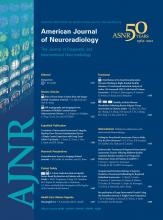Data supplements
Supplemental Online Appendix and Figure
Files in this Data Supplement:
- Online Appendix and Figure (PDF) -
Online Appendix: (see file)
Online Figure: Histograms of the raw and normalized T1-weighted, T2-weighted, and T2-weighted FLAIR intensities for 1 subject. The top rows show voxels from the whole brain, with green vertical lines indicating the trimming cut-points. The second row shows the data after trimming; the mean and SD of the trimmed data were used for normalization. The third row shows the normalized values. The blue vertical line corresponds to the 99th percentile of the FLAIR intensities, which was used to define candidate lesion voxels.
- Online Appendix and Figure (PDF) -












